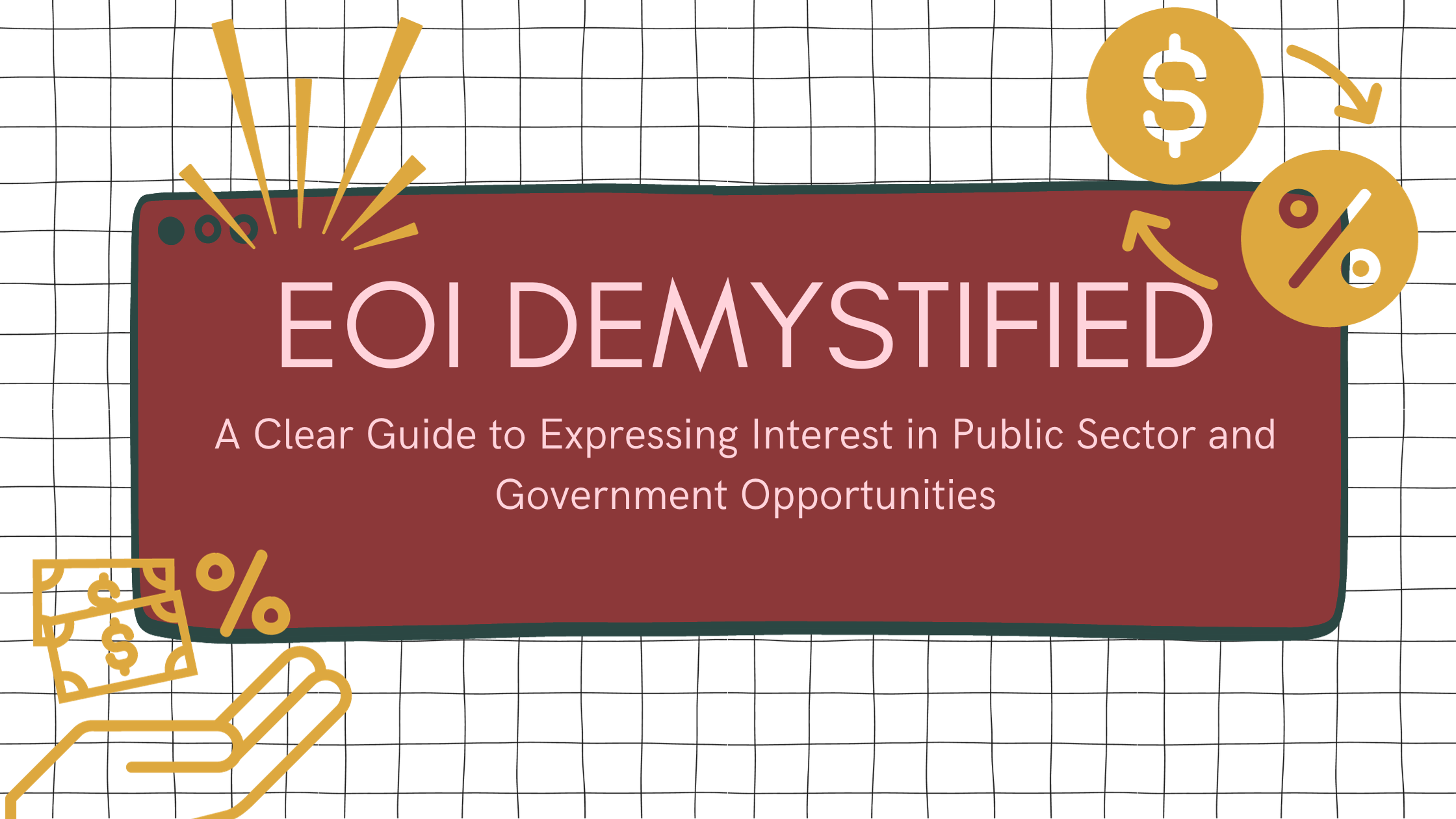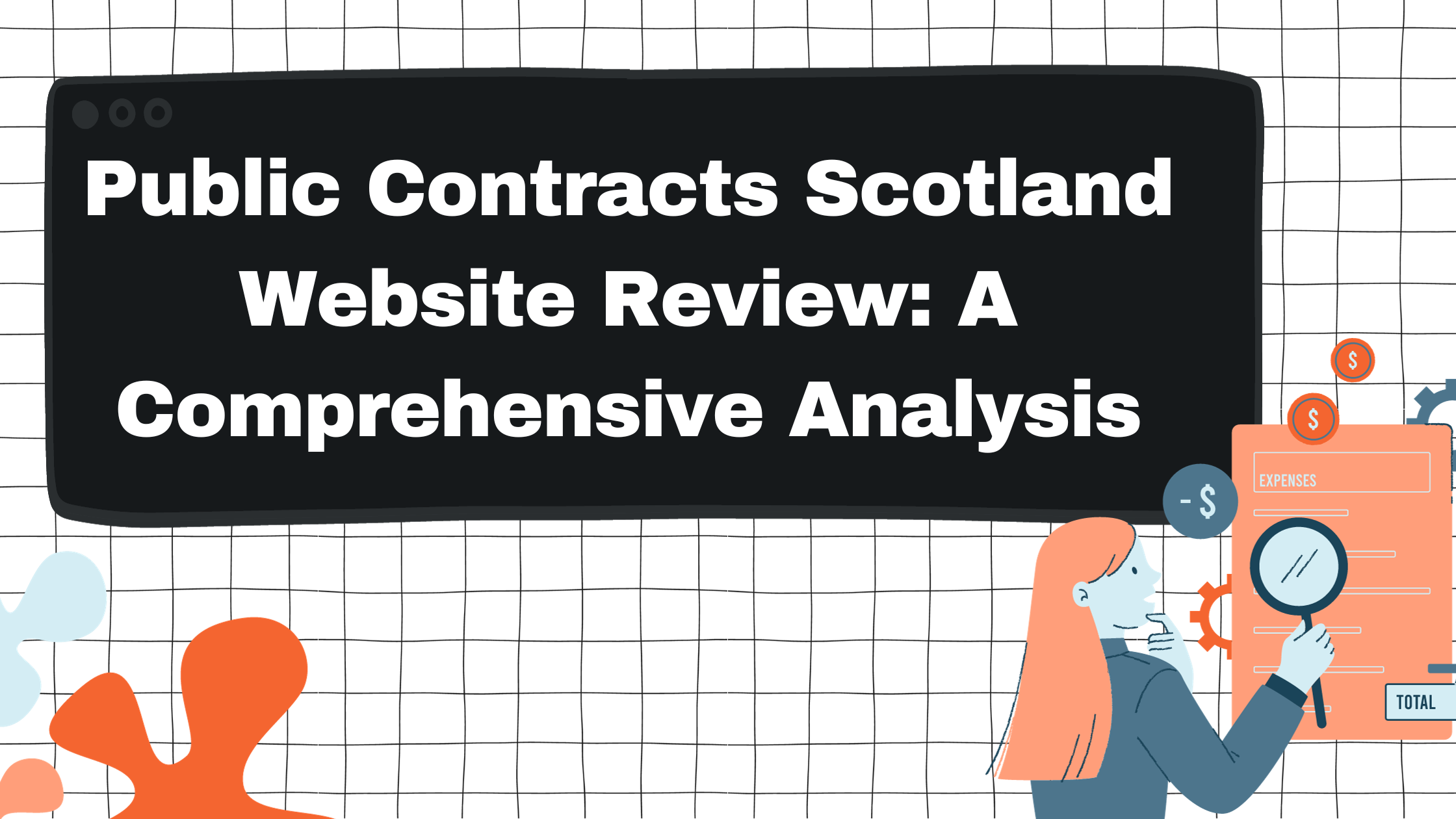Mastering RFP Writing: Premium Proposal Writing Services for Optimal Results

Need Help with Your Bid?
Get in touch by filling out the form and one of our advisors will be in contact.
Contact UsTemplate RFP Essentials: Crafting Effective Requests for Proposals
When launching a project that requires external expertise, organizations frequently turn to the Request for Proposal (RFP) process to solicit proposals from qualified vendors. An RFP is a formal document that outlines the scope of work, expectations, timelines, and criteria for selecting a vendor. A well-structured RFP serves as a critical bridge between a company’s needs and the suppliers’ offerings, ensuring a clear understanding of expectations on both sides.

Utilizing a template for drafting an RFP can save time and promote consistency, providing a framework that organizations can tailor to their specific needs. This streamlines the preparation process and helps potential suppliers comprehend the requirements and how to respond aptly. An effective RFP not only describes the scope and logistics of the project but also enables vendors to put forward their best proposals in terms of innovation, cost, and value to the organization.
Key Takeaways
- An RFP is essential for articulating project requirements and vendor expectations.
- Templates facilitate a standardized and efficient RFP drafting process.
- A comprehensive RFP contributes to identifying and selecting the most suitable vendor.
Understanding RFP Fundamentals
Navigating the complexities of Requests for Proposals (RFPs) is essential for organizations seeking to procure services or products. Mastery of RFP essentials ensures informed decision-making and optimizes the procurement process.
Definition of RFP
A Request for Proposal (RFP) is a formal document that solicits proposals from potential suppliers or contractors. It serves as a structured means by which an organization communicates its requirements and evaluates potential offerings. Unlike a Request for Information (RFI) or a Request for Quotation (RFQ), an RFP often requires a more detailed proposal, including a comprehensive solution, pricing, and a demonstration of expertise.
Purpose of a Request for Proposal
The purpose of an RFP is twofold: to convey project needs clearly and to facilitate fair evaluation of potential candidates. By issuing an RFP, organizations aim to:
- Communicate specific project requirements and objectives
- Ensure consistent comparisons across all submissions
- Establish a transparent and equitable evaluation framework
- Garner tailored solutions from vendors that align with the project’s goals
In essence, RFPs are instrumental for organizations as they seek to find the best fit for their complex needs, while vendors utilize RFP responses to showcase their capabilities and differentiate themselves from competitors.
Preparation of RFP Documents
Preparing an RFP document is a critical step in soliciting bids for a project that meets specific goals and budgetary constraints. It involves setting clear timelines, defining project scope, and allocating necessary resources.
RFP Timeline and Milestones
A detailed timeline is crucial to ensure the RFP process stays on track. Key milestones include the release date of the RFP, pre-proposal meetings, the submission deadline for proposals, and the target date for final selection. For example, one should set a realistic release date allowing sufficient time for drafting and reviewing the RFP document.
Drafting an Effective RFP
When drafting an RFP, clarity and detail are paramount. The document should include an RFP outline which consists of background information, detailed submission instructions, the criteria for evaluation, and the required format for responses. A comprehensive RFP sample may serve as a guide to ensure all necessary elements are included.
Incorporating Project Goals and Scope
The RFP must articulate the project goals and scope succinctly but with enough detail to inform potential bidders of the expectations. This section outlines the problem that needs to be solved and describes the desired outcomes. It should delineate the scope of work, including deliverables and success metrics.
Budget and Resource Allocation
Clearly outlining the budget and available resources reduces ambiguity and ensures respondents can provide realistic proposals. This part should detail the total funds available, expected cost breakdowns, and any other resource constraints or requirements, allowing vendors to align their proposals with the financial aspects of the project.
Vendor Selection Process
The vendor selection process is a critical stage in procurement that necessitates a structured approach to identify the most suitable vendor based on predefined criteria. This ensures that the engagement with the selected vendor meets the business’s needs in terms of quality, cost, and service.
Criteria for Evaluation
The selection criteria are the core of the RFP process, as they lay out the expectations for the potential vendors. Common criteria include pricing, vendor reputation, quality of goods or services, delivery timescales, and compliance with regulatory standards. Vendor Selection RFP Template provides a comprehensive list, ensuring businesses thoroughly assess each vendor.
Scoring and Evaluation Methods
A transparent and consistent scoring method allows businesses to evaluate vendor proposals effectively. This usually involves assigning weights to different components of the RFP based on their importance. For instance, a scoring matrix may value pricing at 30%, service quality at 25%, and delivery capacity at 20%. These percentages can be detailed in an RFP Scoring Guide, which offers templates and examples to facilitate the evaluation process.
Shortlisting Bidders
Once the evaluations are complete, the next step is to shortlist bidders who score above a defined threshold. This list should only include vendors who have met all the mandatory requirements and have the highest overall scores. The goal here is to narrow down the candidates to a manageable number, from which the final selection will be made.
RFP Responses and Negotiation
The final stage of the vendor selection process entails a comprehensive review of the RFP responses. Businesses compare the RFP examples received against their selection criteria to ensure alignment with strategic objectives. This stage may involve clarifying responses, revisiting certain evaluation scores, or directly negotiating with potential vendors to finalize terms that are in the best interest of the company.
Effective Project Management

Effective Project Management hinges on clear-cut project details and a well-documented workflow, alongside robust collaboration and strategic partnerships. These facets are instrumental in navigating the complexities of today's projects.
Project Details and Workflow
A project's success often rests on the specifics outlined in its project details. Details like scope, objectives, and milestones must be meticulously charted. Project managers rely on these specifics to construct a workflow that is both efficient and adaptable. Workflow documentation should include:
- Phases of the Project: Initiation, Planning, Execution, Monitoring & Control, and Closure.
- Milestone Timelines: Specific target dates for key deliverables.
- Responsibility Assignment Matrix (RAM):
- Identified tasks
- Assigned team members
- Deadlines and deliverables
These details pave the way for a roadmap that steers the project to its intended outcome with precision.
Collaboration and Partnerships
Collaboration is the lifeblood of project management. It encapsulates the project team’s ability to work cohesively towards a common goal. Tools and platforms that promote communication and file sharing are vital for maintaining a continuous, open line of dialogue among team members.
Partnerships are equally essential. They involve creating synergistic relationships with external partners that can offer additional expertise, perspectives, and resources. The liaison between the project team and external partners must be forged on trust and mutual benefit to achieve:
- Cross-functional synergy
- Resource optimization
- Enhanced problem-solving capabilities
For project managers, fostering these relationships is a strategic maneuver that often leads to amplified success and innovation in project execution.
Closing and Post-RFP Strategies

Once the Request for Proposal (RFP) process reaches its conclusion, it is imperative to efficiently finalize contract negotiations and reflect on the process to learn and improve future sourcing activities. Strategic engagement with vendors and thorough analysis are crucial for procurement success.
Finalizing Contracts and Agreements
When the final decision is made, it is essential to convert the agreements into binding contracts swiftly. All parties need to understand their obligations and responsibilities, as underlined in the contract terms. This stage often involves collaboration between the procurement team and legal counsel to ensure that all contracts are airtight, protecting both the buyer and the vendor.
Reflection and Analysis of RFP Success
After awarding the contract, an organization should take the time to reflect on the RFP process. Success should be measured not only by whether organizational goals were met, but also by the efficiency and effectiveness of the RFP process itself. Identifying areas of improvement can streamline future procurements.
Strategic Sourcing and Vendor Relations
Effective vendor engagement is the cornerstone of long-term strategic sourcing. Maintaining good relationships with suppliers can yield numerous benefits, including better pricing, favorable terms, and innovation. Companies that invest in such relationships reap the rewards of a collaborative and resilient procurement process.
Frequently Asked Questions

Creating an effective Request for Proposal (RFP) can be streamlined by leveraging well-designed templates. This section answers common inquiries on using RFP templates, which are crucial for obtaining detailed and competitive offers from service providers.
How do you create an RFP using a template?
To create an RFP using a template, one must first select a template that suits their industry and project requirements. The user then customizes the template by adding specific information and criteria relevant to the project, enhancing the standard structure with their unique requirements.
What essential elements should an RFP template include?
An RFP template should include essential elements such as the project overview, objectives, scope of work, criteria for selection, submission guidelines, and timeline. These elements ensure that vendors have clear and concise information to provide accurate proposals.
Can Microsoft Word be used to edit an RFP template, and are there free templates available?
Yes, Microsoft Word can be used to edit an RFP template, and there are free templates available online. These templates provide a basic structure that can be customized to fit a variety of projects and industries.
Where can one find RFP templates for different industries?
RFP templates tailored to various industries can be found on specialized websites and service platforms. Some providers offer industry-specific RFP questions to help in crafting precise and relevant documents.
What is the best way to structure an RFP document?
The best way to structure an RFP document is to organize it into clear sections with well-defined headers, allowing vendors to easily understand and respond to each requirement. It should begin with an introduction, followed by background information, project objectives, instructions for proposal submission, and evaluation criteria.
What are the key differences between an RFP template and a custom RFP?
The key differences between an RFP template and a custom RFP lie in the level of customization and specificity. A template provides a general framework for efficiency and ease of use, whereas a custom RFP is tailored to address the unique aspects of a particular project in greater detail.
Ready to start your search?
Get in touch by filling out the form to the right and one of our advisors will curate a personalised selection for you.
Get in touchBlogs. Guides. Helpful advice.

Mastering Proposal and RFP Writing for Government and Public Sector Opportunities

Proposal and RFP Writing Services: Enhancing Public Sector Tender Outcomes

.svg)